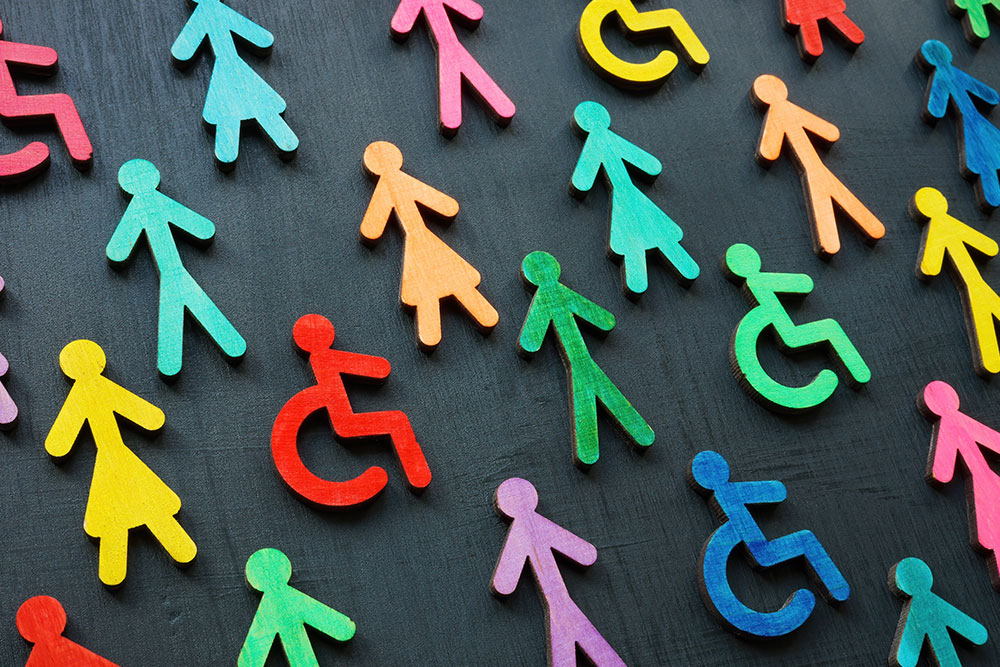
Legislation plays a crucial role in protecting everyone’s rights. In the UK, the Equality Act 2010 is this legislation. It promotes equality and diversity in all aspects of life, including employment.
This blog examines the Equality Act 2010, its developments and what it means for your workplace.
Why is the Equality Act Necessary?
The Equality Act 2010 protects individuals from discrimination. It aims to promote diversity across all areas of society.
Understanding the Act is essential to create a more inclusive workplace. And inclusive workplaces attract talented staff, drive innovation and generate higher revenues.
Scope of the Equality Act 2010:
The Act applies to a wide range of settings, including:
- Employment
- Education
- Housing
- Public services
- Associations
- Provision of goods, facilities and services
It covers both public and private sectors. This scope upholds equality everywhere.
Definitions within the Equality Act 2010:
The Act introduced many key legal definitions in its legislation, including:
Direct Discrimination:
This occurs when someone is mistreated because of a protected characteristic. For example, refusing to hire someone who has a disability.
Indirect Discrimination:
This refers to policies that seem neutral but unfairly impact those with a protected characteristic. An example could be needing all employees to work on Saturdays. This policy may disproportionately affect those observing a particular religious day.
Harassment:
The Act defines harassment as ‘unwanted behaviour related to a protected characteristic’. This unwanted behaviour could humiliate or intimidate someone. It might also create a hostile work environment.
Victimisation:
Victimisation occurs when someone is mistreated because they’ve made a complaint. It can also happen when a person has supported someone else’s complaint.

The Nine Protected Characteristics:
The Equality Act 2010 protects the following nine characteristics:
- Age: Ensures equal opportunities regardless of age
- Disability: Ensures individuals with disabilities are not treated unfavourably. It also requires employers to make reasonable adjustments for workers with disabilities
- Gender Reassignment: Protects individuals undergoing (or who have undergone) gender reassignment
- Marriage and Civil Partnership: Protects all married couples from discrimination. It also applies to those in civil partnerships
- Pregnancy and Maternity: Protects pregnant individuals against employment discrimination and covers maternity leave and pay
- Race: Protects individuals from racial discrimination, harassment and victimisation
- Religion or Belief: Safeguards individuals against discrimination based on their religion or beliefs. It includes philosophical beliefs
- Sex: Protects individuals from sex and gender-based discrimination
- Sexual Orientation: Protects people against discrimination based on their sexual orientation. It includes both heterosexual and LGBTQ+ individuals
Anyone can challenge discrimination based on protected characteristics. The legislation also lets them seek damages in court.
Developments in the Equality Act:
Since being passed, the Equality Act 2010 has had to address new challenges. There have been significant developments to allow this, including:
- Public Sector Equality Duty (PSED). This requires public bodies to consider how their policies and practices impact equality.
- Discrimination against disabled individuals. Employers must now make reasonable adjustments for employees with disabilities. They must also guarantee equal access to employment opportunities.
- Associative and perceptive discrimination. It acknowledges that association with a person with a protected characteristic can result in discrimination. It also accepts that discrimination can be based on the perception that someone has a protected characteristic.
Equality Act Guidance:
The Equality and Human Rights Commission (EHRC) provides guidance on the Act. They offer a range of resources covering rights, responsibilities and challenging discrimination.
Employers can access guidance on specific workplace matters. For example, the EHRC provides material on recruitment, reasonable adjustments and handling grievances.
Organisations can also seek independent advice from consultants who specialise in workplace equality.
Creating Awareness for Equality
Equality begins with each one of us. By embracing diversity and challenging discrimination, every individual is valued and respected.
Investing in equality and diversity awareness training helps make fairer workplaces. These courses help employees understand the Equality Act 2010 and how they can support inclusivity at work. Let’s stand together and unlock the power of equality.






















































































































































































































































































































































































































































































































































































































































































































































